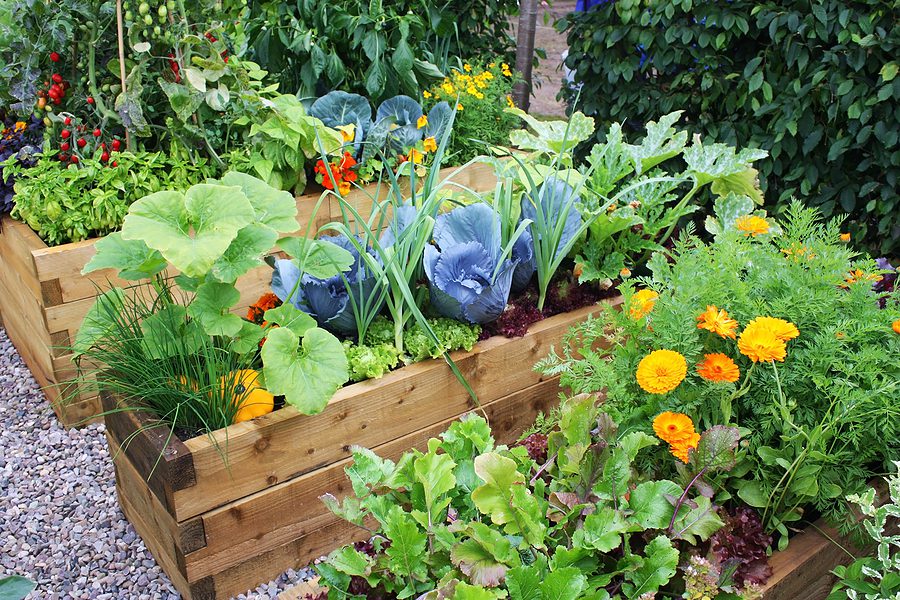Plant Flowers In Your Albuquerque Vegetable Garden – Here’s Why

If you’ve been growing flowers and vegetables on opposite sides of your yard, it’s time to rethink that plan. Companion planting is an easy way for beginners with little land or space in their garden beds – but even professionals have found success by using this strategy.
The most important reason to grow veggies and flowers together is to attract native pollinators, like bees. These helpful little critters keep our gardens healthy because they don’t just visit once; there will always be more food around so long as they exist. Slurping on nectar and sharing their pollen around is what helps you toward a bumper crop.
Inspired by the beauty of nature, you can now have a vegetable garden that is full of flowers! There are many types and colors to choose from. To get started with planting your seeds find out what type(s) attract butterflies or friendly birds – this will help make sure only desirable species grow there (and not pests). Here’s five tips when selecting variety:
Consider Bloom Time: Companion planting is not always a perfect science, but it’s easier to ensure continuous blooms with several plant species. For example, if you want your peas and tomatoes or chard growing together this year make sure that the flowers from each will start blooming at about equal times so they can share some pollen!
Consider The Shape Of The Flower: Want to attract more pollinators? Flowers with a composite shape like zinnias, cosmos and daisies are great for attracting bees. But don’t just depend on one type of flower! Hummingbirds also love certain types of nectar plants, such as sunflowers or purple coneflower – choose whichever you think will look best in your garden.
Give Them Plenty of Space: Using flowers to break up a row and indicate where your sweet peppers end and your hot peppers begin is an excellent idea. I like the way you think! Another great technique for gardening is planting various types of veggies side by side, rather than jamming them all into one space. This will help prevent your plot from becoming monotonous or too similar. Variety is the spice of life!
Consider Height: When growing flowers and veggies in your garden, you want to make sure that they don’t compete with one another for sunlight. You can get away with including taller flower varieties around crops like lettuce to offer them a bit more shade. This is probably an exception, and for the main part, shorter growing will do just fine without any extra care needed other than watering them regularly.
Baby Steps: Annual flowers are the perfect place to start for beginners because they grow easily and produce lots of blooms. You don’t have worry about them coming up in the same spot every year if you want to change your garden design.
Native perennials also attract bees, so make sure not to omit these beautiful plants. Native diversity is important too: Make sure there’s at least one species that will return each season – it’ll add interest as well as help prevent erosion.
